PENGUIN BOOKS
UK | USA | Canada | Ireland | Australia
India | New Zealand | South Africa
Penguin Books is part of the Penguin Random House group of companies whose addresses can be found at global.penguinrandomhouse.com

First published 2019
Copyright Frank Close, 2019
The moral right of the author has been asserted
Cover photographs: Klaus Fuchs boarding a plane to East Berlin and in the back of a car on 23 June 1959, the day of his release from prison (Getty Images)
Cover design: Matthew Young
ISBN: 978-0-241-30989-6
This ebook is copyright material and must not be copied, reproduced, transferred, distributed, leased, licensed or publicly performed or used in any way except as specifically permitted in writing by the publishers, as allowed under the terms and conditions under which it was purchased or as strictly permitted by applicable copyright law. Any unauthorized distribution or use of this text may be a direct infringement of the authors and publishers rights and those responsible may be liable in law accordingly.
It seemed that you treated him as if he were your son.
Nobel Laureate Max Perutz
to Rudolf Peierls, 19 May 1987
List of Illustrations
Illustrations in the Text
. Fuchs internment card, 1940. (The National Archives (TNA) KV2/1253; copyright Crown Copyright)
. Soviet schematic for a hydrogen bomb. (University of Bristol H. H. Wills Physics Laboratory Archives)
. Site plan of Harwell. (University of Bristol H. H. Wills Physics Laboratory Archives)
. Plan of Fuchs prefab. (University of Bristol H. H. Wills Physics Laboratory Archives)
. Skardons transcription of Fuchs confession. (The National Archives (TNA) KV2/1252 s. 518d; copyright Crown Copyright)
. Fuchs handwritten notes for Skardon and the FBI. (The National Archives (TNA) KV 2/1263 1; copyright Crown Copyright)
. Fuchs letter to Genia Peierls from Brixton Prison.
. VENONA report in the British style. (Central Intelligence Agency)
. An American report linking GOOSE and CONSTRUCTOR. (Central Intelligence Agency)
Plates
. Klaus Fuchs British Registration Card, 1933. (The National Archives (TNA) KV 2/1245 s.18a; copyright Crown Copyright)
. Rudolf Peierls at the University of Leipzig, 1931. (AIP Emilio Segr Visual Archives, Rudolf Peierls Collection)
. International physics conference at Bristol University, July 1935. (University of Bristol H. H. Wills Physics Laboratory Archives, courtesy of AIP Emilio Segr Visual Archives)
. Fuchs in Bristol, 1936. (University of Bristol H. H. Wills Physics Laboratory Archives)
. Genia and Rudolf Peierls in New York, 1943. (Photograph by Francis Simon, courtesy of AIP Emilio Segr Visual Archives, Simon Collection)
. The Lawn Road Flats (Isokon Building) in Hampstead. (RIBA Collections)
. Jrgen Kuczynski in the 1950s. (Photograph by Abraham Pisarek, Ullsteinbild/Getty Images)
. Ursula Beurton in Oxford, 1945. (Private collection)
. Jane Sissmore-Archer. (Private collection)
. Guy Liddell. (Bettmann/Getty Images)
. William Penney, Otto Frisch, Rudolf Peierls and John Cockcroft, 1 May 1947. (Copyright Topoto)
. Theoretical physics building at Los Alamos, c. 1945. (Special Collections, the Skyrme Collection. The Bodleian Library, MS. 13215 Photogr. 12 10/15)
. Two months after the Trinity explosion. (Photograph by Marie Hansen/The LIFE Picture Collection/Getty Images)
. The Gadget at Trinity Site. (Copyright CORBIS/Corbis via Getty Images)
. The first atomic mushroom cloud. (Copyright CORBIS/Corbis via Getty Images)
. Building B329 at Harwell. (Courtesy Harwell Laboratories)
. Senior scientists at Harwell, 1948. (Courtesy Harwell Laboratories)
. Aerial view of the Harwell estate c. 1950. (Courtesy Harwell Laboratories)
. View of the Harwell prefabs. (Courtesy Harwell Laboratories)
. Fuchs prefab, 17 Hillside, in February 1950. (AP/Topfoto)
. A picnic near Harwell, summer 1949. (Courtesy of the Peierls family/Norman Moss)
. The Peierls family and Fuchs hiking in Switzerland, April 1947. (Special Collections, the Skyrme Collection. The Bodleian Library, MS. 13215 Photogr. 12 46/11)
. Fuchs and Genia Peierls, Switzerland, April 1947. (Special Collections, the Skyrme Collection. The Bodleian Library, MS. 13215 Photogr. 12 43/14)
. Party for the inauguration of Harwells BEPO Reactor, 5 July 1948. (Courtesy Harwell Laboratories)
. William Skardon and Henry Arnold at the Old Bailey on the opening day of Fuchs trial. (Copyright Topfoto)
. Harry Gold arriving at court in Philadelphia, 7 December 1950. (Sam Myers/AP/Shutterstock)
. Fuchs in the German Democratic Republic, c. 1960. Photo by Jung/Ullstein, picture via Getty Images)
Every effort has been made to contact all copyright holders. The publishers will be happy to make good in future editions any errors or omissions brought to their attention.

. Klaus Fuchs on his British Registration Card in 1933, aged 21.
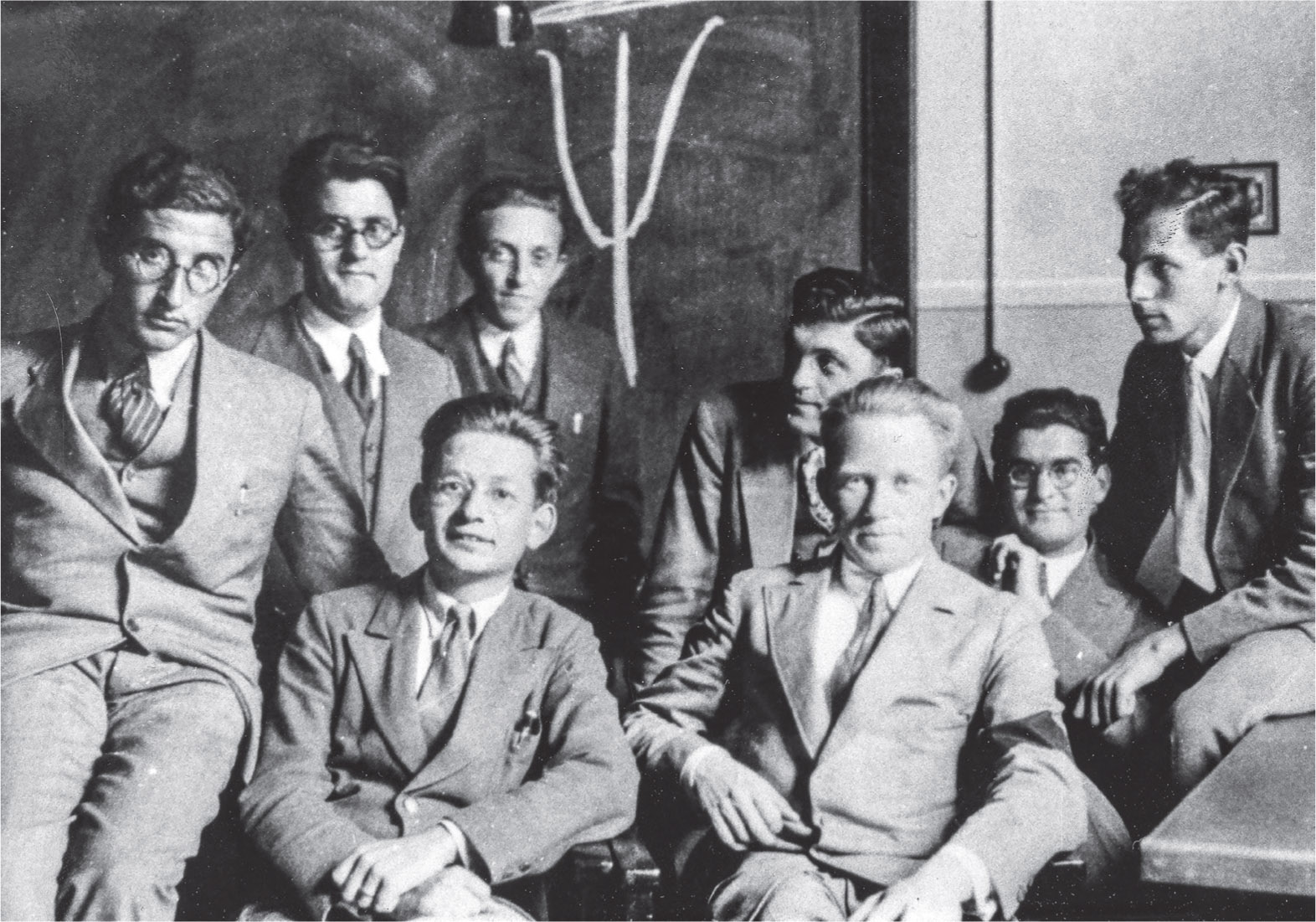
. Rudolf Peierls, aged 24, visiting the Theoretical Physics Institute at the University of Leipzig in 1931. Peierls is seated on the left next to Werner Heisenberg, one of the founders of quantum mechanics. The members of Heisenbergs group behind Peierls and Heisenberg are (left to right) G. Gentile, George Placek, Giancarlo Wick, Felix Bloch, Victor Weisskopf and F. Sauter. Victor Weisskopf would later be innocently caught up in the FBIs investigations surrounding Fuchs espionage; Felix Bloch won the Nobel Prize for Physics in 1952.
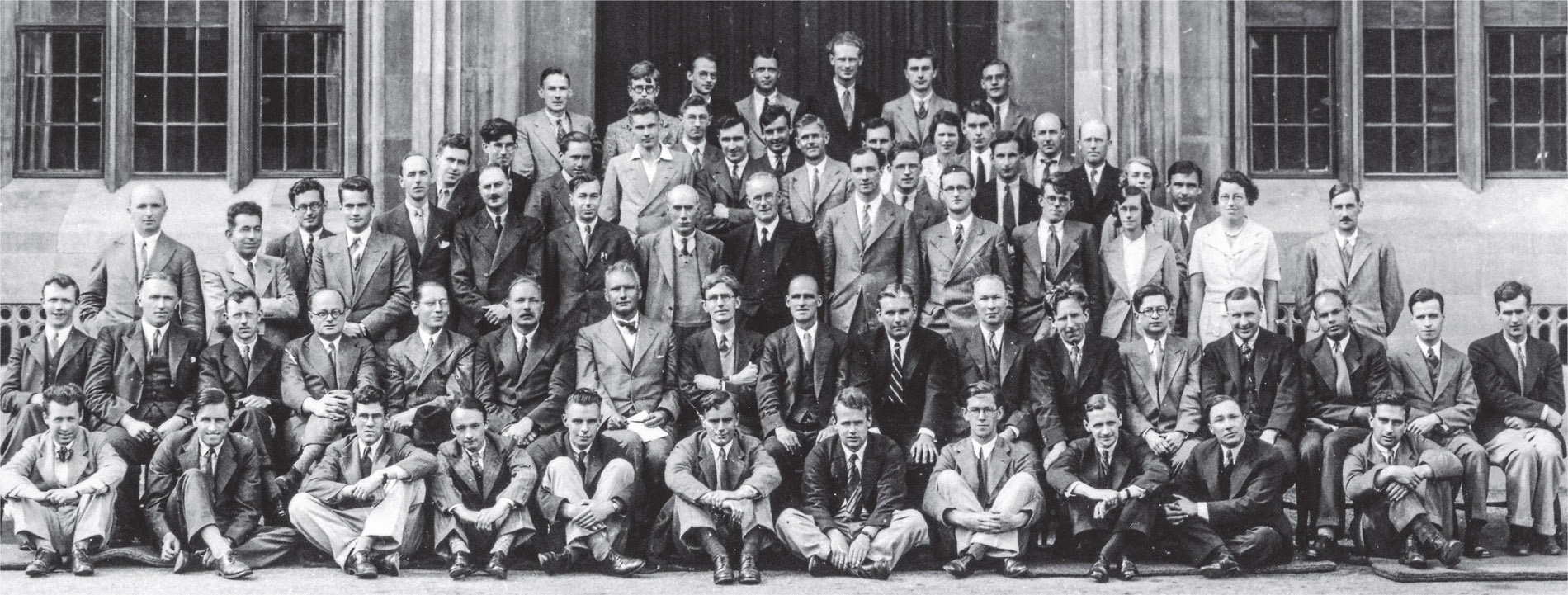
. An international physics conference at Bristol University in July 1935. Peierls is seated fifth from the right; Fuchs head is visible third from the left in the back row. Other notable participants include Edward Teller (sitting cross-legged at the right of the front row) and Herbert Skinner (seated at extreme right, four places from Peierls).
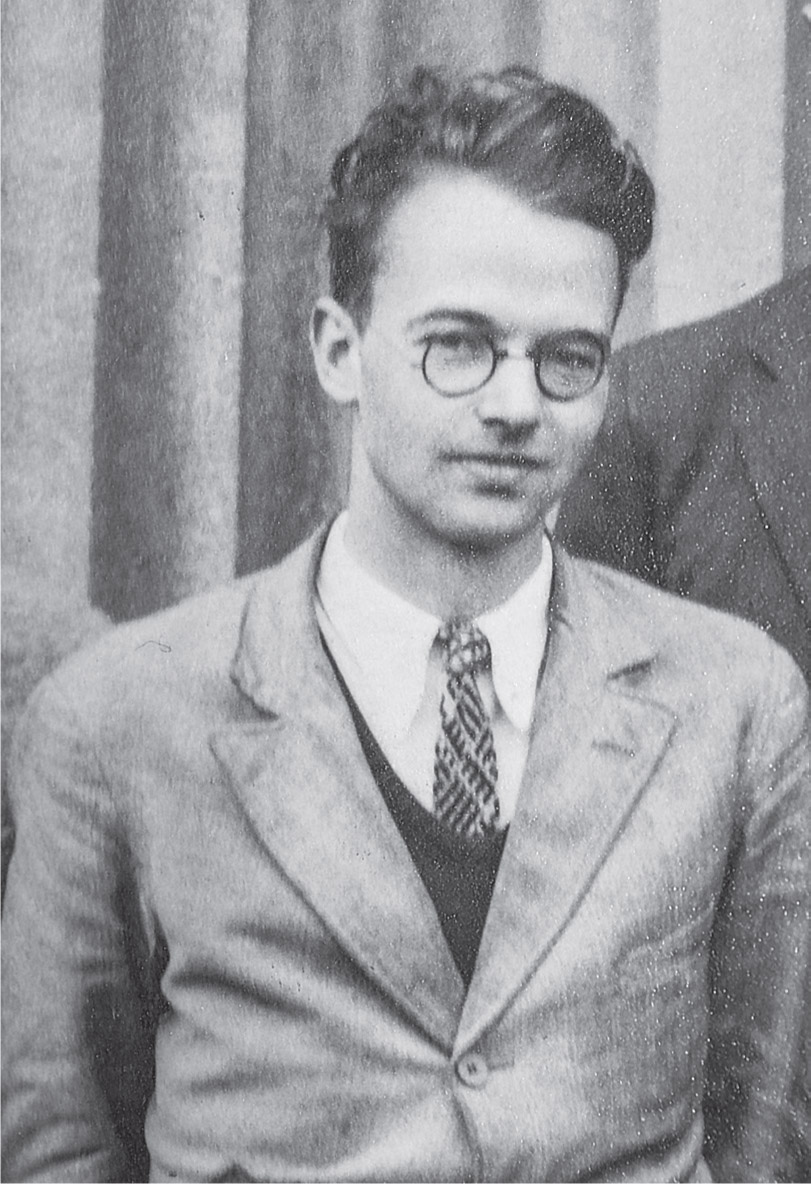
. The 24-year-old Fuchs in Bristol, 1936.
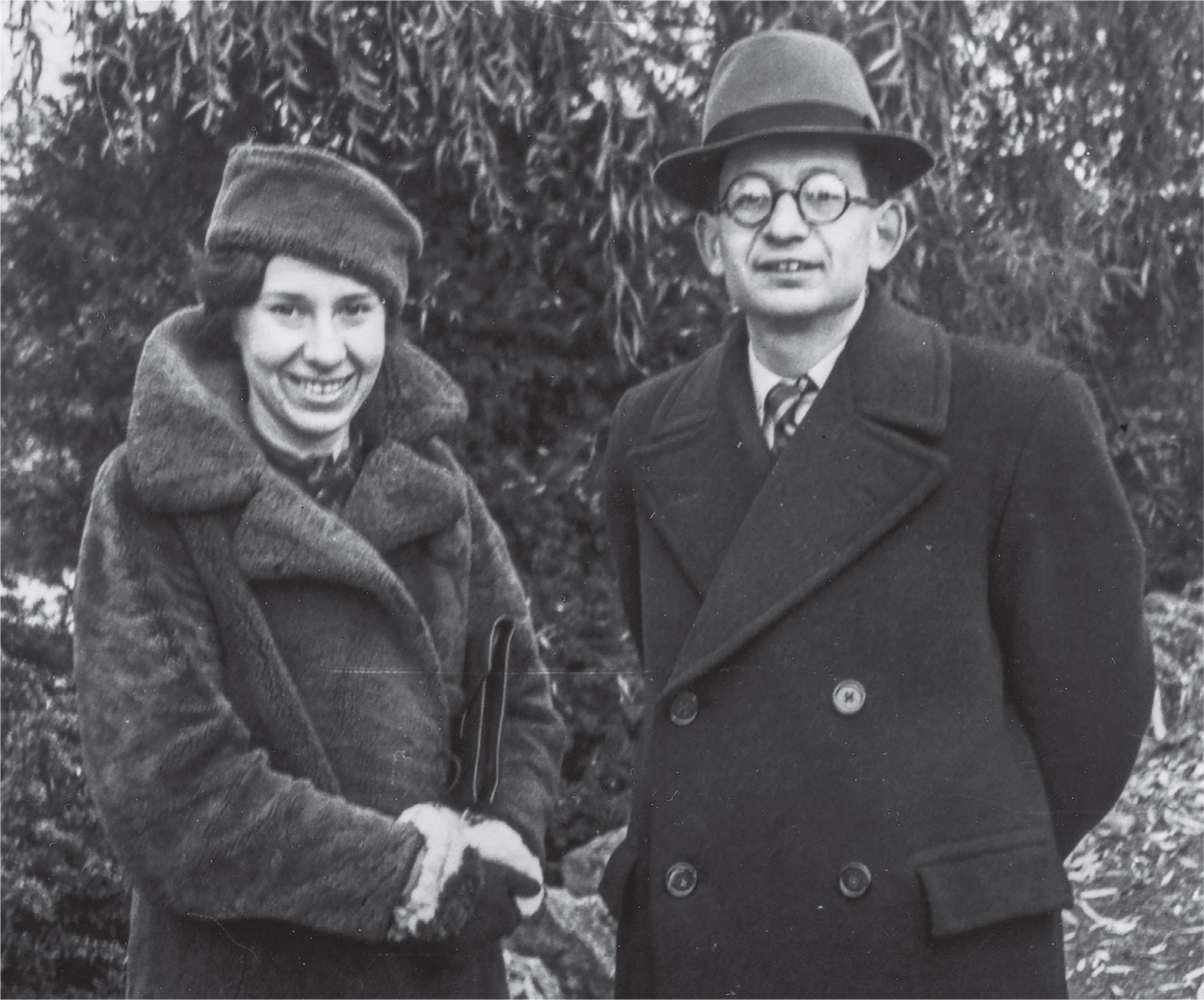
. Genia and Rudolf Peierls shortly after their arrival in New York, 1943.
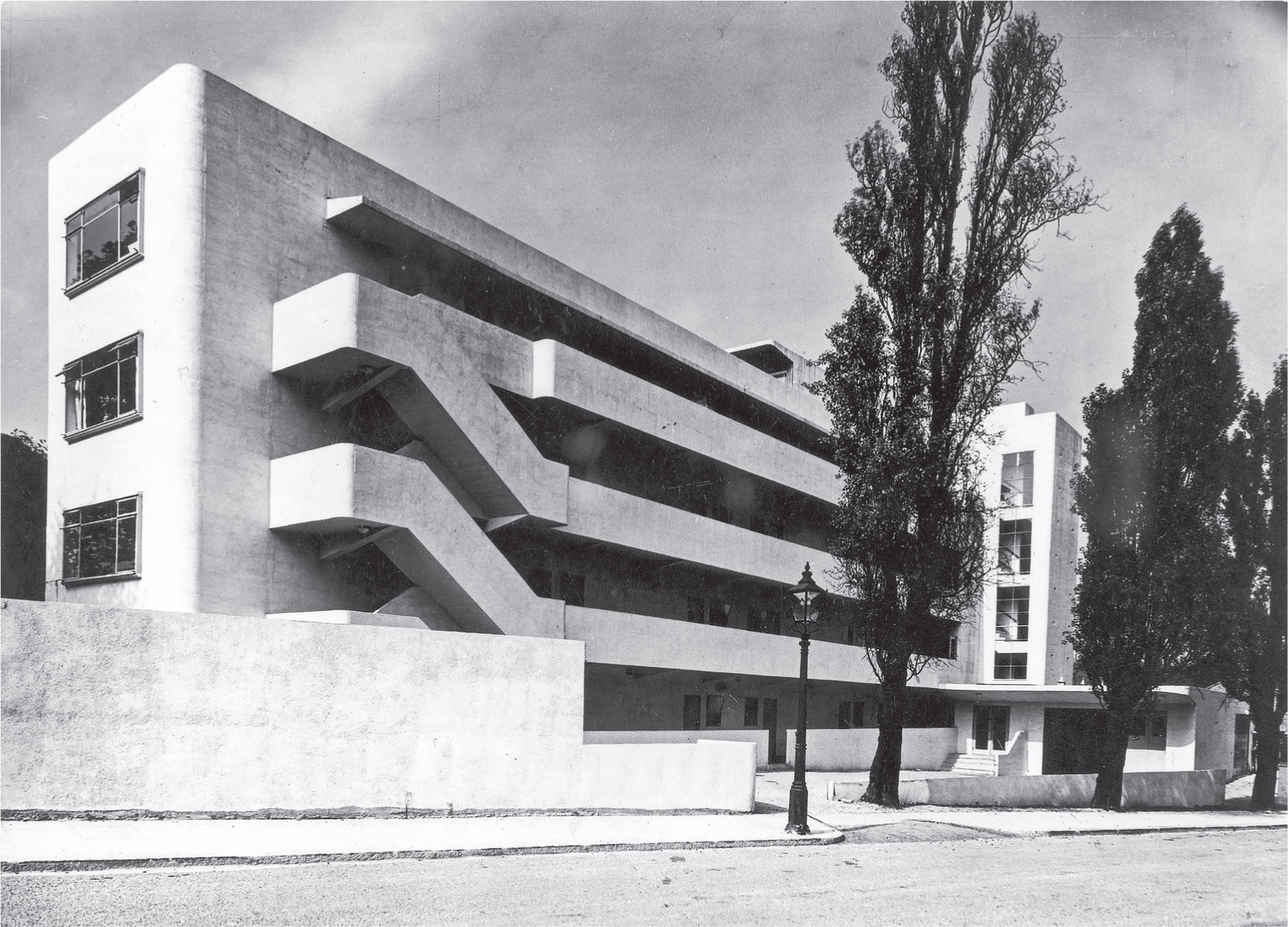
. The Lawn Road Flats (Isokon Building) in Hampstead. Flat number 6, the residence of Jrgen Kuczynski, is on the ground floor hidden by the wall in the foreground.
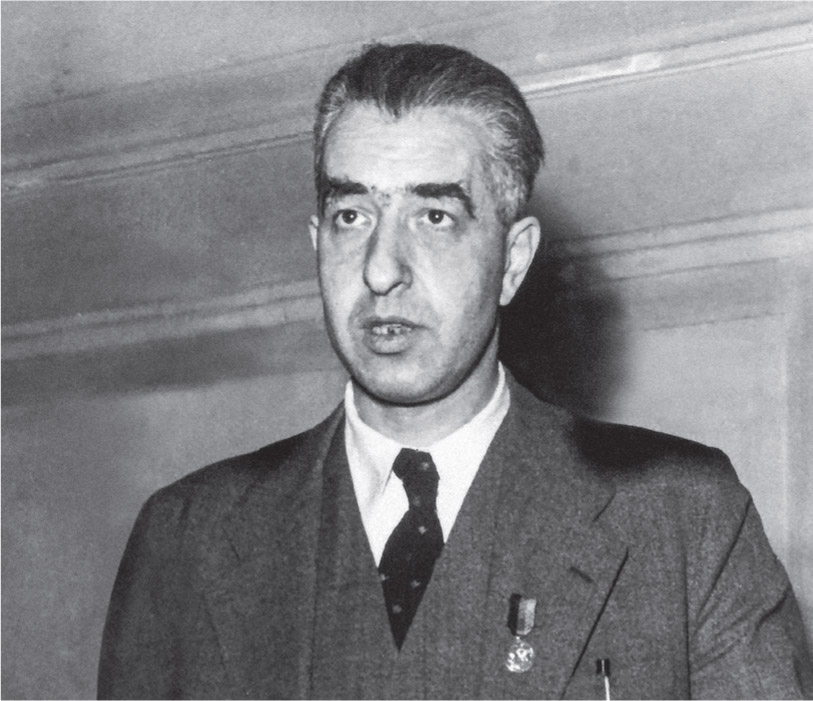
. Jrgen Kuczynski, brother of Sonya, in the 1950s. Kuczynski first introduced Fuchs to his Russian contacts in 1941.
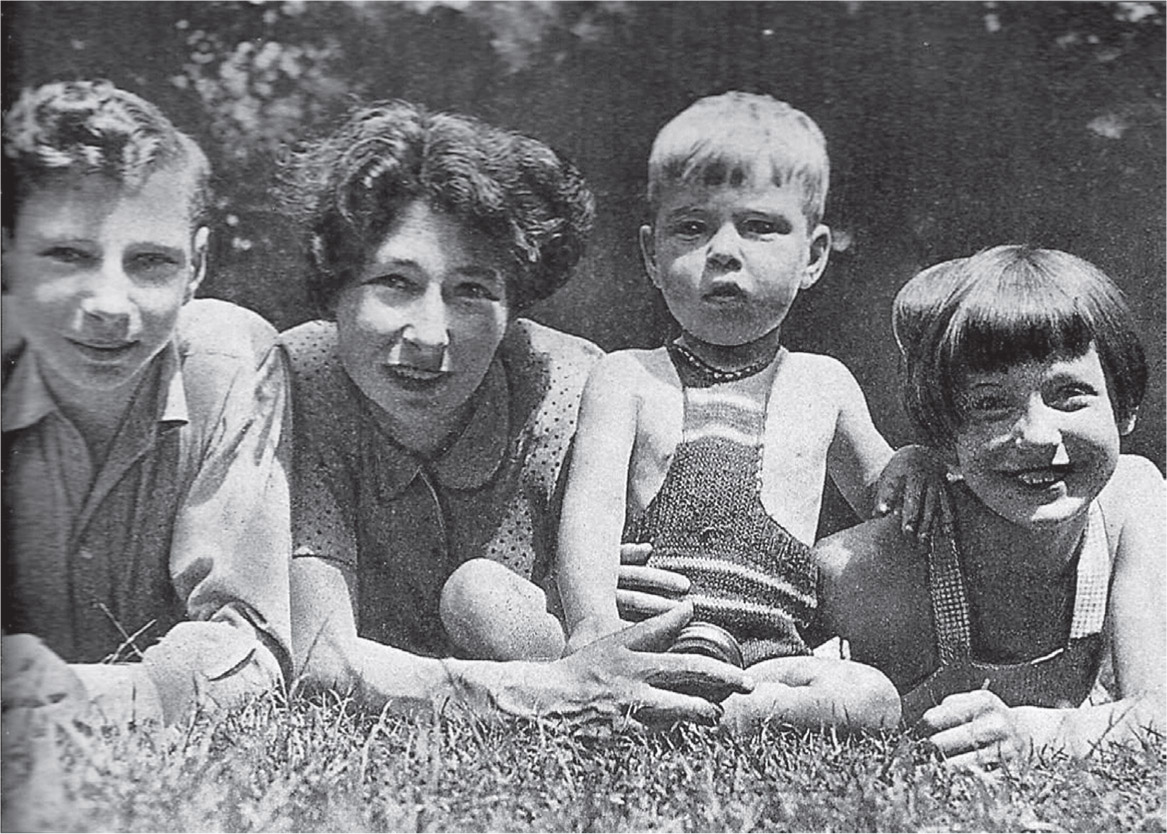 Next page
Next page
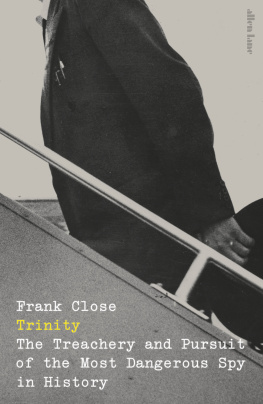
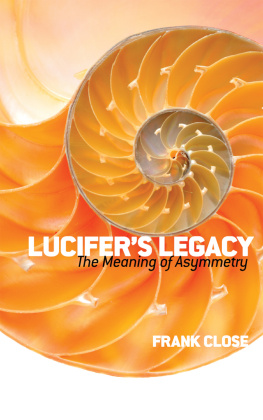
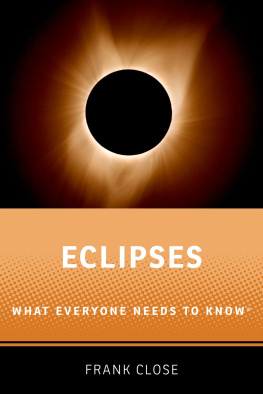
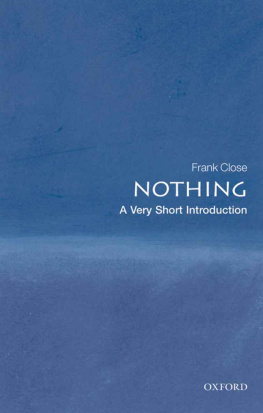
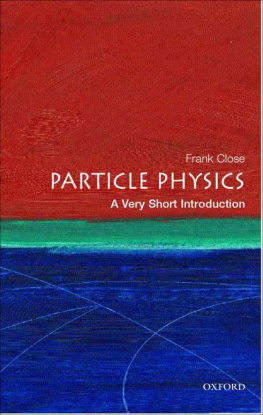
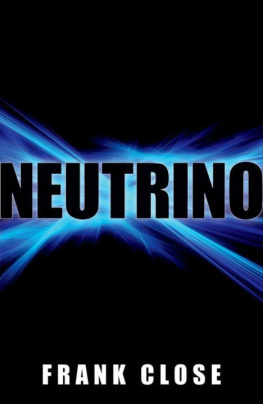

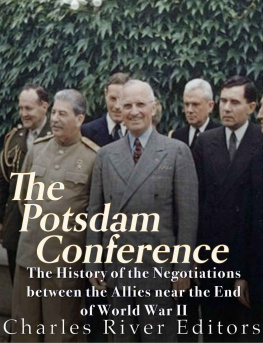

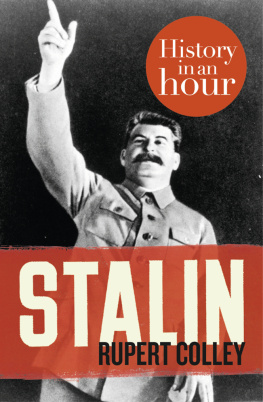
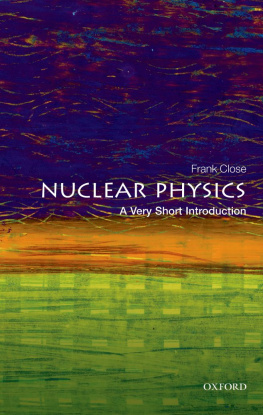
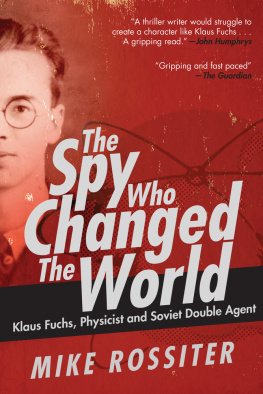
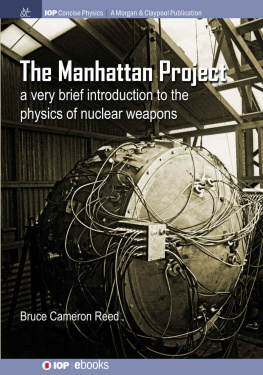
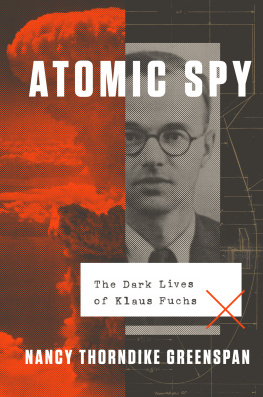
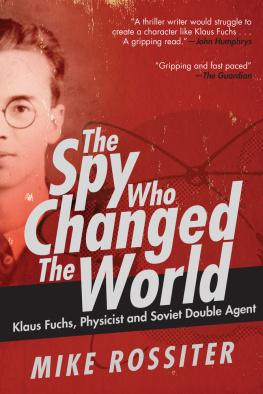


 . Klaus Fuchs on his British Registration Card in 1933, aged 21.
. Klaus Fuchs on his British Registration Card in 1933, aged 21. . Rudolf Peierls, aged 24, visiting the Theoretical Physics Institute at the University of Leipzig in 1931. Peierls is seated on the left next to Werner Heisenberg, one of the founders of quantum mechanics. The members of Heisenbergs group behind Peierls and Heisenberg are (left to right) G. Gentile, George Placek, Giancarlo Wick, Felix Bloch, Victor Weisskopf and F. Sauter. Victor Weisskopf would later be innocently caught up in the FBIs investigations surrounding Fuchs espionage; Felix Bloch won the Nobel Prize for Physics in 1952.
. Rudolf Peierls, aged 24, visiting the Theoretical Physics Institute at the University of Leipzig in 1931. Peierls is seated on the left next to Werner Heisenberg, one of the founders of quantum mechanics. The members of Heisenbergs group behind Peierls and Heisenberg are (left to right) G. Gentile, George Placek, Giancarlo Wick, Felix Bloch, Victor Weisskopf and F. Sauter. Victor Weisskopf would later be innocently caught up in the FBIs investigations surrounding Fuchs espionage; Felix Bloch won the Nobel Prize for Physics in 1952. . An international physics conference at Bristol University in July 1935. Peierls is seated fifth from the right; Fuchs head is visible third from the left in the back row. Other notable participants include Edward Teller (sitting cross-legged at the right of the front row) and Herbert Skinner (seated at extreme right, four places from Peierls).
. An international physics conference at Bristol University in July 1935. Peierls is seated fifth from the right; Fuchs head is visible third from the left in the back row. Other notable participants include Edward Teller (sitting cross-legged at the right of the front row) and Herbert Skinner (seated at extreme right, four places from Peierls). . The 24-year-old Fuchs in Bristol, 1936.
. The 24-year-old Fuchs in Bristol, 1936. . Genia and Rudolf Peierls shortly after their arrival in New York, 1943.
. Genia and Rudolf Peierls shortly after their arrival in New York, 1943. . The Lawn Road Flats (Isokon Building) in Hampstead. Flat number 6, the residence of Jrgen Kuczynski, is on the ground floor hidden by the wall in the foreground.
. The Lawn Road Flats (Isokon Building) in Hampstead. Flat number 6, the residence of Jrgen Kuczynski, is on the ground floor hidden by the wall in the foreground. . Jrgen Kuczynski, brother of Sonya, in the 1950s. Kuczynski first introduced Fuchs to his Russian contacts in 1941.
. Jrgen Kuczynski, brother of Sonya, in the 1950s. Kuczynski first introduced Fuchs to his Russian contacts in 1941.